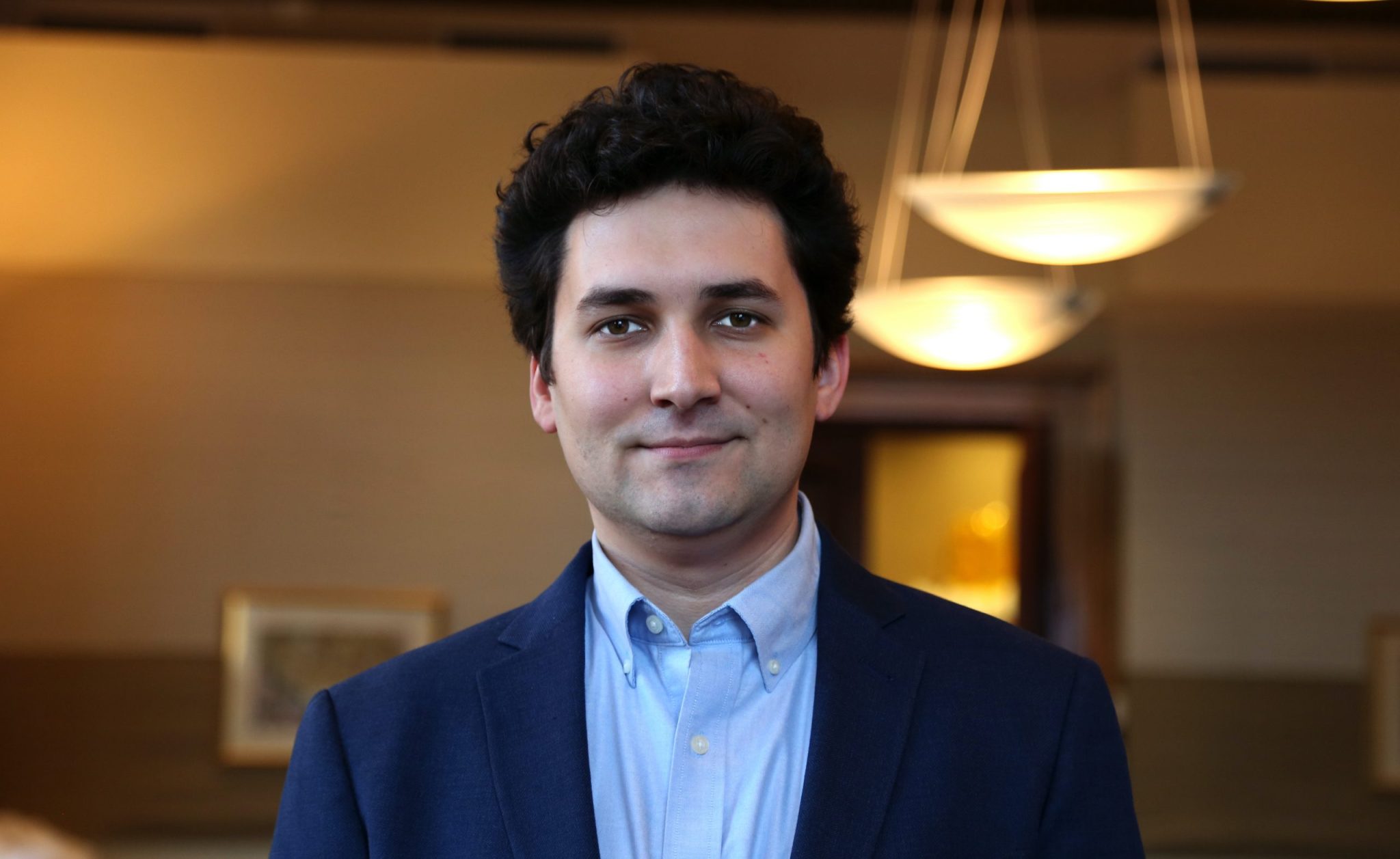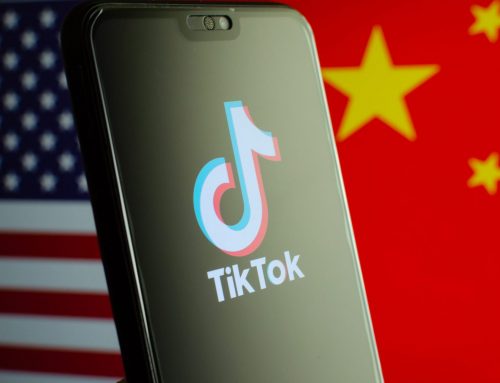In the wake of the Brazilian Health Regulatory Agency’s (Anvisa) decision not to authorize Sputnik V for import to Brazil, the Sputnik V Twitter account slammed the choice as the result of political pressure from the United States, criticized Anvisa’s justifications as “incorrect and misleading” (or “fake news”), and announced a defamation lawsuit against the agency. Notably, this messaging featured substantial content in Portuguese, with more than double the number of tweets in Portuguese last week compared to all prior tweets since the Sputnik Twitter account’s creation in August 2020. In some instances, the account posted identical tweets in English and Portuguese, suggesting an effort to reach out directly to audiences in Brazil. State media amplified these claims, and some diplomats took the opportunity to bash the United States for allegedly “putting commercial and geopolitical interests above saving lives” and suggesting that the United States “doesn’t care about anyone else.” In other coronavirus vaccine-related outputs, Russian diplomats and state media promoted the arrival of Sputnik V and other aid in India. Allegations of Western bias against Sputnik V continued, along with coverage of problems and potential side effects (or insinuations of such issues) affecting Western vaccines. On the topic of race and racism in the United States, Russian state media again attacked BLM leader Patrisse Cullors for her allegedly lavish lifestyle, amplified criticisms voiced by Democratic strategist James Carville over “wokeness” and “cancel culture,” and claimed that the media, liberals, and “Twitter mobs” were engaging in racial discrimination to attack Republican Senator Tim Scott. This fits a pattern of Russian state media’s coverage of racism that both highlights racial issues in the United States and amplifies criticism of social justice movements. Finally, President Biden’s first 100 days in office was met with scorn and derision by Russian state media, which claimed that Biden has been “good for totalitarian leftists,” “made the U.S. more divided,” engaged in “emotional manipulation,” received much lower television ratings than former President Trump, and is being protected by a “soft” U.S. mainstream media.
Last week, the Chinese embassy in Japan created a stir when it posted a cartoon depicting the United States as the grim reaper, with imagery suggesting that U.S. interventions in foreign countries had left a trail of death and destruction around the globe. It was a nearly identical image to one posted by Chinese diplomats in France last May. That post was roundly criticized because of the anti-Semitic undertones of the sourced material (the grim reaper’s sickle was originally adorned with an Israeli flag) and was subsequently taken down by the embassy in France, which claimed that its Twitter account had been hacked. The embassy in Japan also took down the cartoon, but it did not publish an apology (or claims of hacking). Before being removed, the offensive cartoon was the most retweeted piece of content out of the Chinese propaganda apparatus last week. Competing for most offensive output of the week, Chinese officials also removed a Weibo post from a CCP commission account that compared the Chinese space program to the Indian funeral pyres that have come to symbolize the country’s struggle to contain the coronavirus. On that topic, Chinese diplomats as well as state media closely covered the various shipments of medical supplies sent to India last week. State media coverage of the Indian outbreak on YouTube drew significant engagement, with six of the ten most viewed videos covering the health crisis. As covered in an ASD blog post this week, Chinese outputs again focused on allegations of U.S. selfishness, though that narrative waned (but did not completely disappear) as U.S. support to India materialized. Relatedly, there was clear frustration toward the end of the week that the Indian public did not seem to fully appreciate China’s efforts to help them. As with previous weeks, Xinjiang was the most mentioned topic promoted by Chinese official and diplomatic accounts on Twitter. It was also the second most mentioned term when taking Chinese state media into account. The news that energized Chinese propagandists last week was a Swedish think tank’s report questioning the methodology behind an American document accusing the Chinese state of genocide in Xinjiang. Besides Ministry of Foreign Affairs spokesperson Hua Chunying, Chinese diplomatic representatives in Kenya, the Netherlands, New York, and Chicago were among those who promoted the Swedish report. Overall, however, the main driver of engagement around Chinese Xinjiang-related messaging was Hua Chunying, who presented well-rehearsed arguments around terrorism in Xinjiang and Western media’s bias. Finally, fresh off its anti-Semitic cartoon controversy, the Chinese embassy in Japan repeated well-known talking points on democracies’ intent to divide China and on purported flaws in Adrian Zenz’s research.
Last week, Iranian officials and state media responded to an audio recording leaked online that allegedly featured Iranian Foreign Minister Javad Zarif harshly criticizing the role of the Islamic Revolutionary Guard Corps (IRGC) in the Iranian economy and policy process. Zarif also criticized decisions made by General Soleimani and described a heated rivalry, while still praising the late general’s patriotism and good faith. The identity of the leaker is unknown and has proved a Rorschach test for Iran watchers, with some suggesting that Zarif himself leaked the tapes—either to benefit the moderates in the upcoming elections or to pressure the West to cut a deal—and others suggesting they were leaked by the IRGC to make Zarif seem duplicitous or compromised. A cross section of Tehran-linked Twitter accounts reflects the fractured state of Iranian politics, with hardliners like Hamid Rasaee blasting Zarif day after day over the remarks, while Zarif’s allies circled the wagons and attempted to spin the leak to his benefit. Iranian media speculated on the source of the leak and whether foreign state actors could have been involved. Ayatollah Khamenei also weighed in in a series of tweets both criticizing and minimizing Zarif’s remarks. He also implied that the leak might be a form of election interference. He defended the Quds Force as a positive force for Iran, and he cast partnership with Russia and China as essential for counterbalancing U.S. influence. Finally, 15 Iranians have been banned from leaving the country until an investigation into the leak is complete. The usual JCPOA drumbeat continued but was somewhat muddled by the fracas around the Zarif leak. PressTV highlighted statements from senior Chinese and Russian diplomats supporting Tehran’s position that the United States must remove all sanctions before Iran returns to compliance, repeating a favorite regime talking point.
The views expressed in GMF publications and commentary are the views of the author alone.








